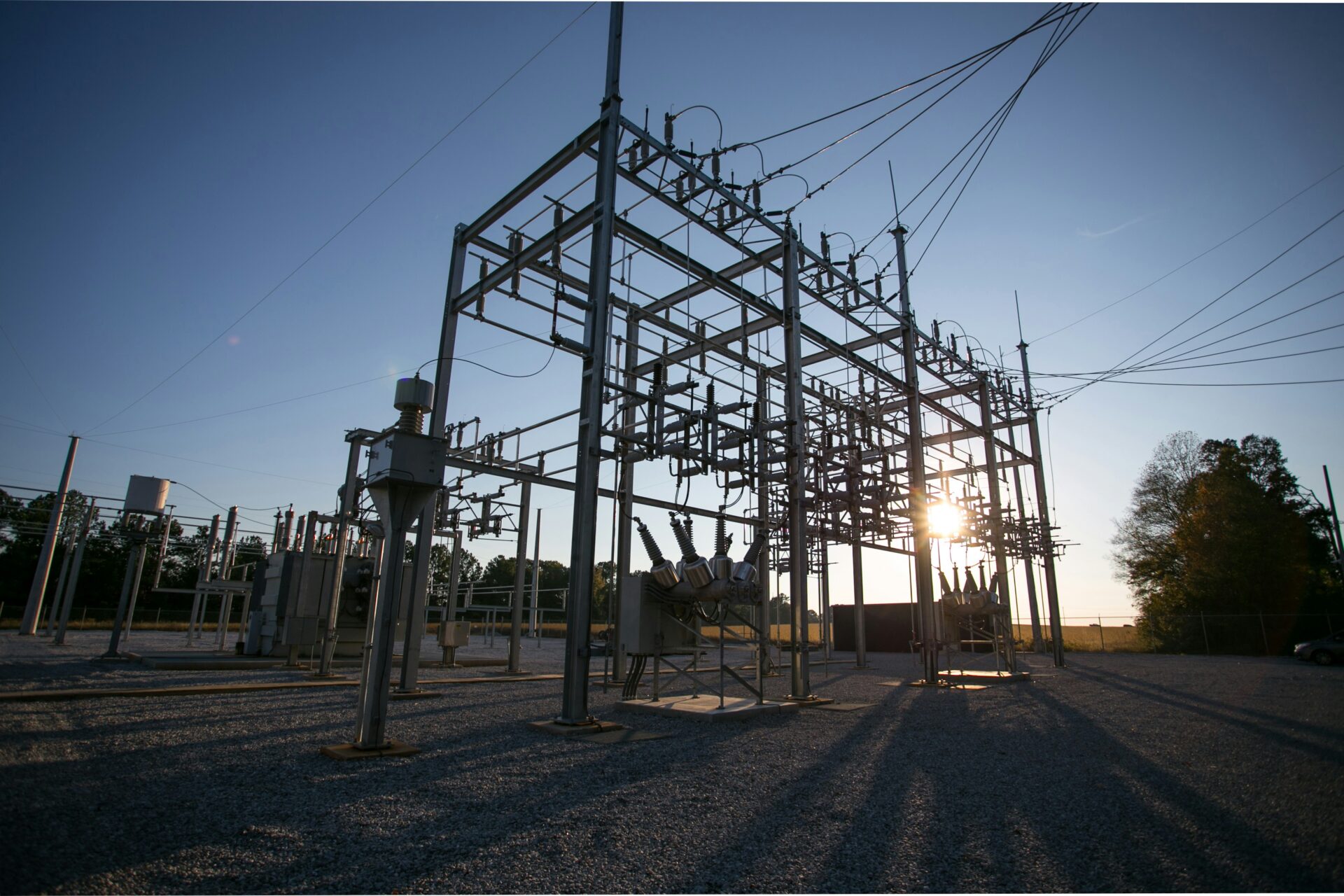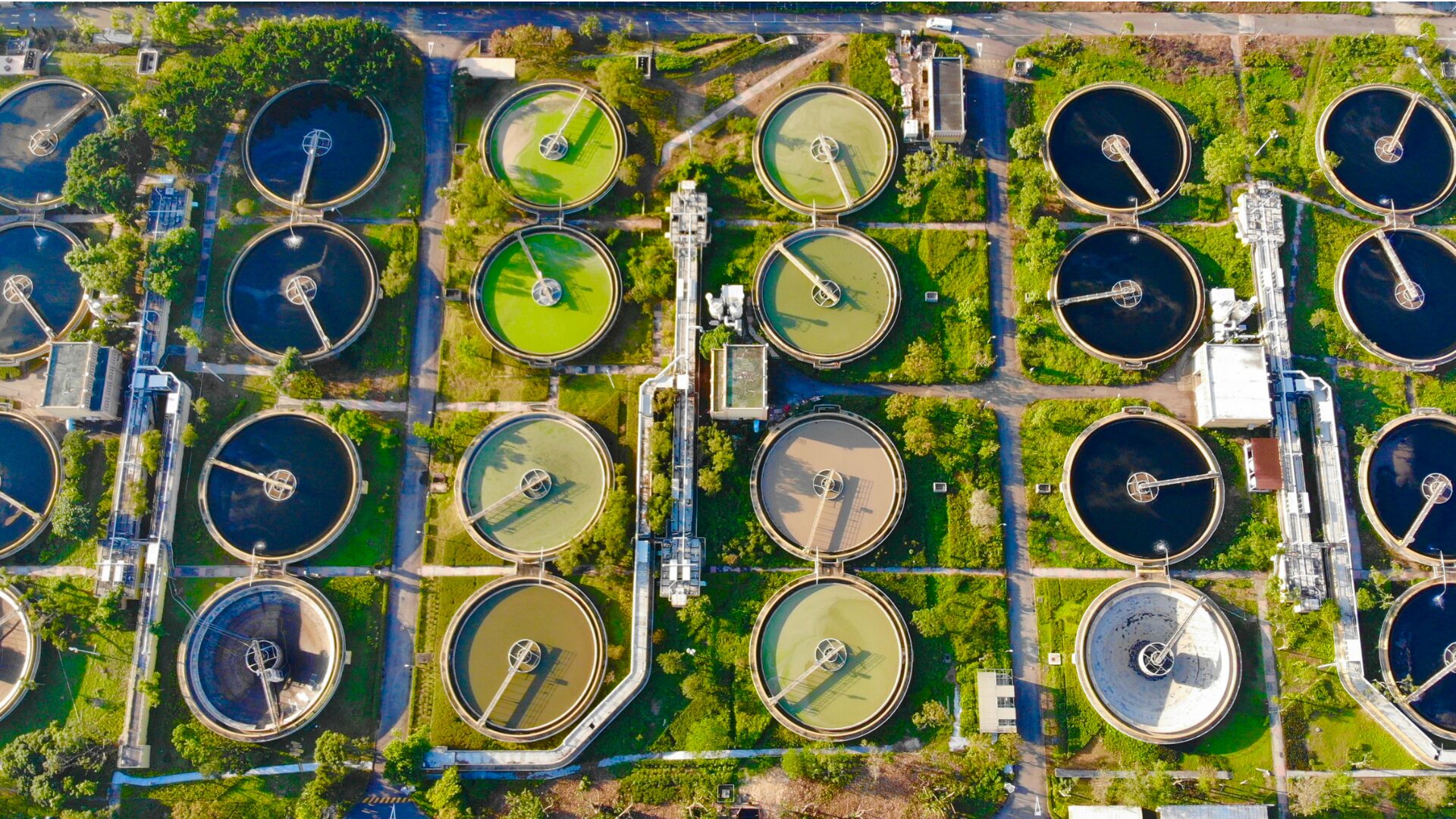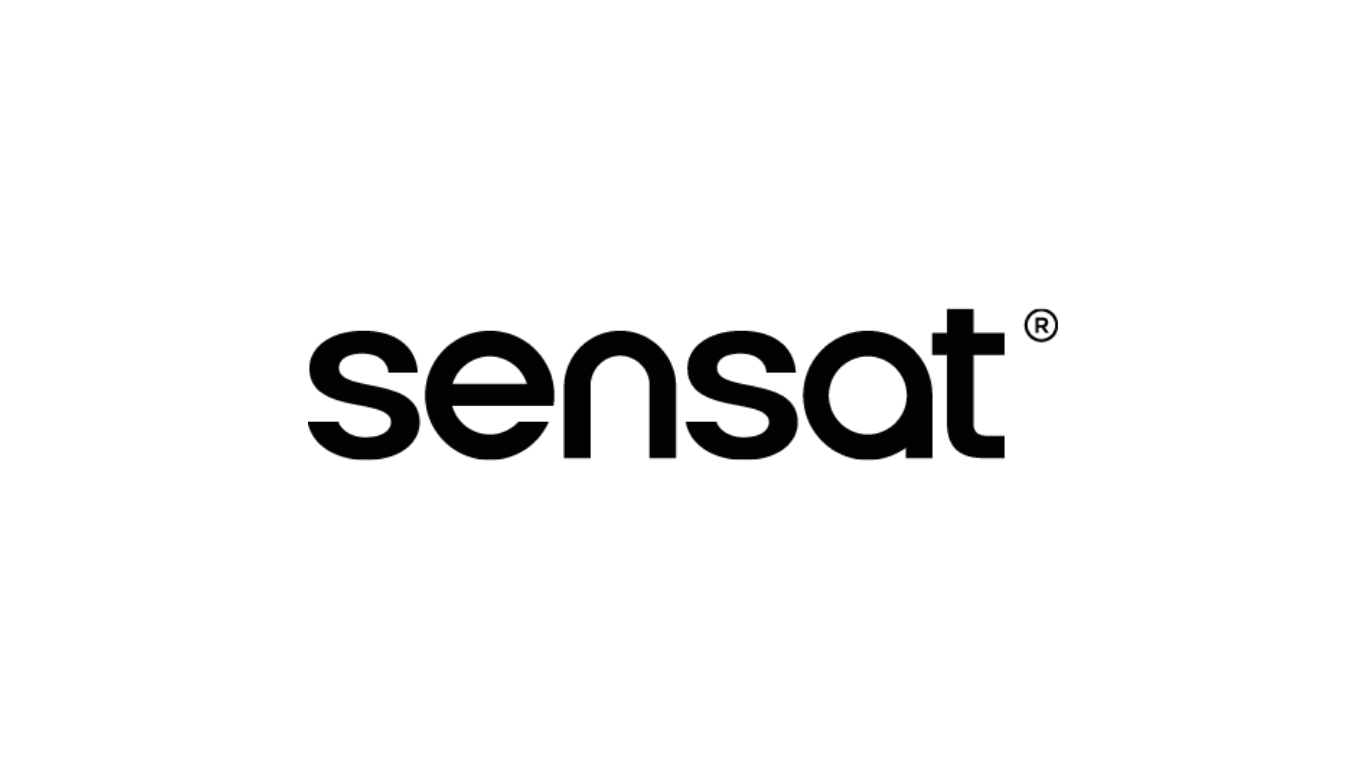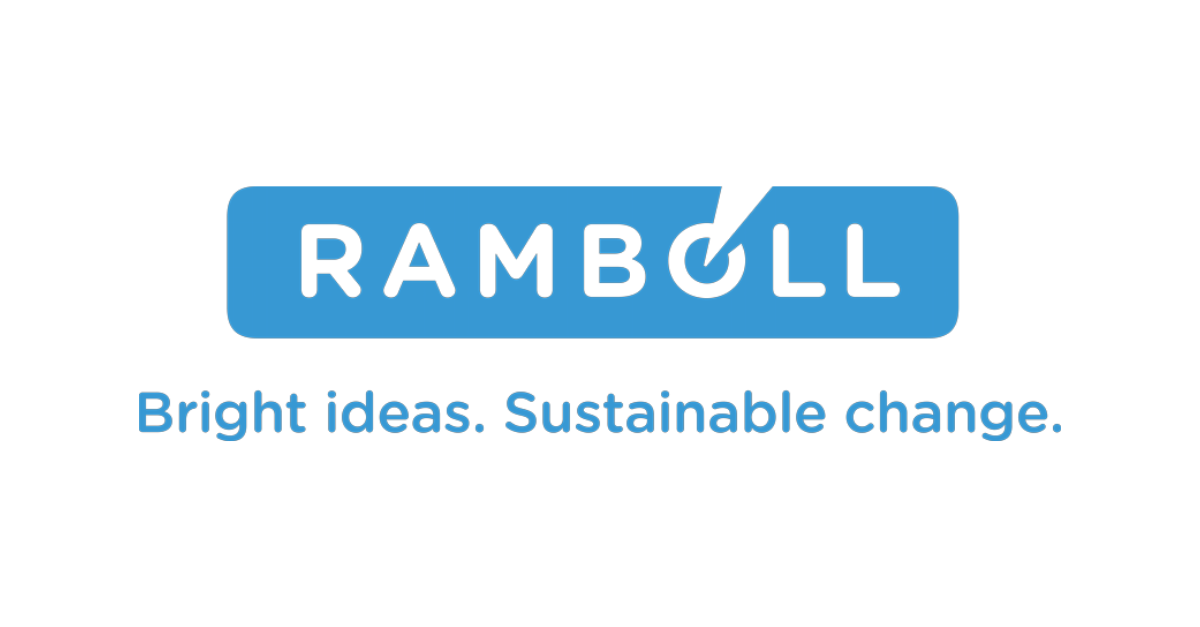Designing, building, and commissioning a wastewater treatment plant is no small feat, especially with the number of options available for equipment used to treat wastewater. It can be challenging to choose the right wastewater treatment plant equipment list for your needs.
Taking the time to understand the importance of different kinds of wastewater treatment plant equipment and what they offer is crucial to making an informed decision. This comprehensive guide reviews everything that should be part of your wastewater treatment plant equipment list, as well as the benefits and fundamental considerations for each. With this information, you’ll be able to make the best decision for your wastewater treatment needs.
What Is a Wastewater Treatment Plant?
A wastewater treatment plant is a facility that treats sewage and wastewater from homes, businesses, and industries. Wastewater is any water that has been used that may contain substances clean water doesn’t have, like pollutants..
There are many different types of wastewater, including:
- Blackwater: wastewater that contains human waste
- Greywater: wastewater from laundry, dishwashing, and showering
- Stormwater: runoff from rain or melting snow
Wastewater treatment plants remove these pollutants from the water before it is released into the environment.
What Are the Benefits of a Wastewater Treatment Plant?
Wastewater treatment plants offer many benefits, including:
Prevent Waterborne Diseases
Wastewater treatment plants remove harmful bacteria and other pollutants that can cause waterborne diseases. Insufficient treatment can result in the spread of these diseases through contaminated water and increase the resistance of microbes to drugs.
A few examples of waterborne disease include:
- Cholera
- Dysentery
- Hepatitis A
Reduce Water Pollution
Wastewater treatment plants also help reduce water pollution. By removing pollutants from wastewater before it is released, these plants prevent contamination of freshwater sources.
This, in turn, protects the environment and the wildlife that rely on these water sources.
Some common water pollutants removed by wastewater treatment plants include:
- Bacteria
- Heavy metals
- Nitrogen and phosphorus
- Sediment
- Oils
An important part of water & wastewater treatment isis maintaining proper pH levels. With the normal pH for water being 6.5, wastewater treatment can help to regulate these levels and prevent them from becoming too acidic or alkaline.
Reduce Odors
With the help of biological and chemical scrubbers, wastewater treatment plants can reduce odors from sewage. This is important for both the environment and public health, as strong odors from wastewater can cause unpleasant living environments, and in some cases, respiratory problems. Treatment facilities also have the option to confine, control, and transport odors to scrubbers for destruction.
More Efficient Use of Water
Wastewater treatment plants help to make water more efficient by recycling wastewater for non-potable & potable uses. This includes using treated wastewater for irrigation, industrial cooling, and more. Recycling wastewater helps to conserve freshwater resources and reduce the strain on the environment.
The Different Types of Wastewater Treatment Plant Equipment
There are three main types of wastewater treatment plant equipment: primary, secondary, and tertiary.
Primary Treatment
Primary treatment is the first stage of wastewater treatment. It involves removing large pieces of debris, such as sticks and leaves, from the water. This is typically done with a screen or grit chamber.
After the large debris has been removed, the wastewater is then sent to a primary settling tank. Here, gravity is used to settle out heavy particles, such as sand and grit. The wastewater is then sent to a secondary treatment system.
Secondary Treatment
Secondary treatment is the second stage of wastewater treatment. It involves using bacteria and other microorganisms to break down the remaining pollutants in the wastewater.
This is typically done in one of two ways:
- Extended aeration: wastewater is aerated (or mixed with air) to provide oxygen for the microorganisms. The microorganisms then break down the pollutants in the wastewater.
- Activated sludge: wastewater is mixed with microorganisms in a tank. The microorganisms break down the pollutants in the wastewater and are then removed from the wastewater.
Tertiary Treatment
Tertiary treatment is the third and final stage of wastewater treatment. It involves using physical, chemical, and biological processes to remove the remaining pollutants in wastewater.
Some common tertiary treatment processes include:
- Adsorption: wastewater is passed through a bed of activated carbon, which removes pollutants from the wastewater.
- Membrane filtration: wastewater is passed through a membrane, which removes pollutants from the wastewater.
- Biological treatment: wastewater is treated with microorganisms to remove pollutants from the wastewater.
How to Choose the Right Wastewater Treatment Plant Equipment List
When choosing wastewater treatment plant equipment, there is a lot to consider. Here are three important factors to keep in mind:
Consider Your Treatment Goals
Start by thinking about your treatment goals. You can use the following questions to narrow down your options:
- What do you want to remove from the wastewater?
- What are your effluent discharge requirements?
- What are your wastewater treatment regulations?
- How much wastewater do you need to treat?
Your treatment goals should be the main deciding factor when choosing a proper wastewater treatment plant equipment list. Once you have a good understanding of your treatment goals, you can start zoning in on your budget.
Consider Your Budget
Wastewater treatment plants can be expensive, so it’s important to consider your budget when choosing equipment. If you’re on a tight budget, you may want to consider using certain types of wastewater treatment plant equipment over others.
As one example, you may be able to save money by choosing wastewater treatment plant equipment that is designed for your specific wastewater treatment needs. For instance, you may be able to get by with a smaller secondary treatment system if you have a good primary treatment system in place.
Early-stage cost estimation of the wastewater treatment plant can help you stay within your budget while still meeting your wastewater treatment goals.
Consider the Size of Your Treatment Facility
The size of your wastewater treatment facility will also play a role in choosing the right wastewater treatment plant equipment. If you have a small wastewater treatment facility, you may not need as much wastewater treatment plant equipment as a larger facility.
You’ll also want to consider the layout of your wastewater treatment facility when choosing wastewater treatment plant equipment. For example, you may need to choose compact wastewater treatment plant equipment if you have a small footprint.
A cost-effective way to decide the size of your treatment facility while factoring in your budget is by building a 3D model of your wastewater treatment plant. This will give you a good idea of the equipment you need and how much it will cost.
Transcend Design Generator allows you to do just that. With our wastewater treatment plant design software, you can automatically create a three-dimensional model of your wastewater treatment plant and see how different pieces of equipment will fit in your facility.
Innovations in Wastewater Treatment Equipment
When it comes to wastewater treatment equipment, technological advancements and innovations continue to pave the way for more efficient, cost-effective, and sustainable practices. Among the latest developments, membrane bioreactor (MBR) technology stands out for its ability to combine traditional biological treatment methods with membrane filtration, enhancing the efficiency of wastewater treatment by producing higher-quality effluent in a smaller footprint compared to conventional systems.
Another groundbreaking advancement in wastewater treatment equipment is the implementation of Advanced Oxidation Processes (AOPs). These processes involve the generation of highly reactive species, such as hydroxyl radicals, in wastewater to break down pollutants that are resistant to conventional treatment methods. AOPs have the potential to significantly reduce the presence of pharmaceuticals, personal care products, and other emerging contaminants, making wastewater treatment more thorough and effective.
Furthermore, the adoption of smart sensors and IoT (Internet of Things) technology in your wastewater treatment equipment enables real-time monitoring and control of the treatment process. This not only improves the efficiency and performance of the treatment process but also helps in anticipating maintenance needs, thereby reducing downtime and extending the lifespan of your industrial wastewater equipment.
These innovations represent a significant stride forward in the wastewater treatment industry, offering solutions that are not only more effective in treating wastewater but also more sustainable in the long run. The integration of these cutting-edge technologies into wastewater treatment systems ensures that communities and industries can meet their sanitation and environmental goals more efficiently and cost-effectively than ever before.
Key Considerations for Wastewater Treatment Equipment Maintenance
Regular maintenance is a fundamental aspect of ensuring the efficiency, longevity, and reliability of wastewater treatment equipment. Desisting from regular checks and maintenance can lead to equipment failure, increased operational costs, and in severe cases, non-compliance with regulatory standards due to inefficient treatment processes.
Best Practices for Wastewater Treatment Equipment Maintenance
Implementing a comprehensive maintenance program is crucial for the upkeep of wastewater treatment facilities. This includes routine inspections, cleaning, and preventive maintenance schedules tailored to each piece of equipment’s operational demands and manufacturer’s recommendations. Utilizing maintenance logs and digital monitoring tools can greatly enhance the accuracy and efficiency of these programs, allowing for real-time tracking and early detection of potential issues.
Challenges in Equipment Maintenance
One of the main challenges in maintaining wastewater treatment equipment is the harsh and variable conditions under which these systems operate. Fluctuations in waste composition, volume, and environmental factors can strain equipment, making preventive maintenance crucial to avoid unexpected breakdowns. Furthermore, sourcing replacement parts and managing downtime for repairs can pose logistical and operational challenges, particularly for facilities that operate continuously.
Regulatory Compliance and Wastewater Treatment Equipment
Adhering to regulatory standards is paramount in wastewater treatment, where compliance with both local and international regulations ensures the protection of public health and the environment. Various regulatory bodies, including the Environmental Protection Agency (EPA) in the United States, the European Environment Agency (EEA) in Europe, and other local environmental agencies, establish guidelines and standards for wastewater treatment to minimize the impact of effluents on natural water bodies and ecosystems.
Wastewater treatment equipment choices play a critical role in ensuring compliance with these regulations. For instance, incorporating new technology can help facilities meet strict effluent quality standards due to their superior contaminant removal capabilities. On the other hand, outdated or improperly maintained equipment may lead to violations, resulting in hefty fines and legal consequences.
Staying abreast of regulatory changes is essential for wastewater treatment facilities to remain compliant. This includes monitoring updates from regulatory bodies, attending industry conferences, and participating in training sessions.
Integration of Automation in Wastewater Treatment Equipment
The integration of automation into wastewater treatment plants marks a pivotal advancement in the sector, revolutionizing how these facilities operate. Automated systems bring forth a multitude of benefits, significantly improving efficiency and reducing operational costs. By leveraging automation, treatment plants can optimize various processes including chemical dosing, filtration, and sludge management, ensuring that they operate within optimal parameters without the need for constant manual oversight. This not only enhances the precision and effectiveness of wastewater treatment but also minimizes the potential for human error.
Conclusion
There is a lot to consider when choosing wastewater treatment plant equipment. However, if you start by thinking about your treatment goals, budget, and the size of your treatment facility, you’ll be well on your way to choosing the right wastewater treatment plant equipment for your needs.
Transcend offers a wide range of solutions for building and designing wastewater treatment plants. One feature is the ability to automatically create a three-dimensional building information (BIM) model of your wastewater treatment plant, which is a great tool for choosing the right wastewater treatment plant equipment. With our software, you can easily find the right equipment for your wastewater treatment plant and save money in the process.








 WWTP Design
WWTP Design  Substation Design
Substation Design  Utility Interconnection Hub
Utility Interconnection Hub  White Label Proposal Generator
White Label Proposal Generator  PFAS Feasibility Study
PFAS Feasibility Study  Booster Station Design
Booster Station Design  Value Discovery Program
Value Discovery Program